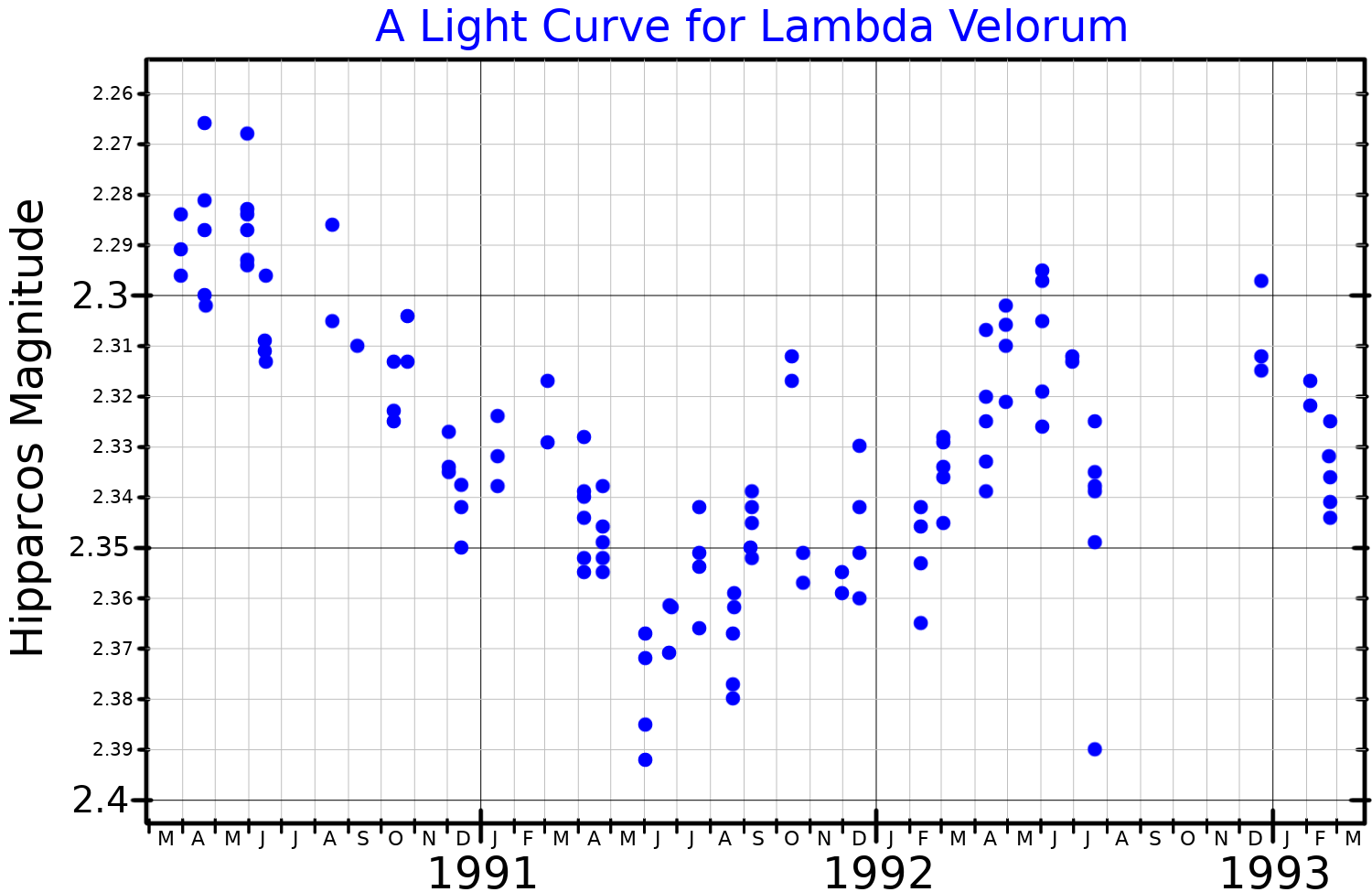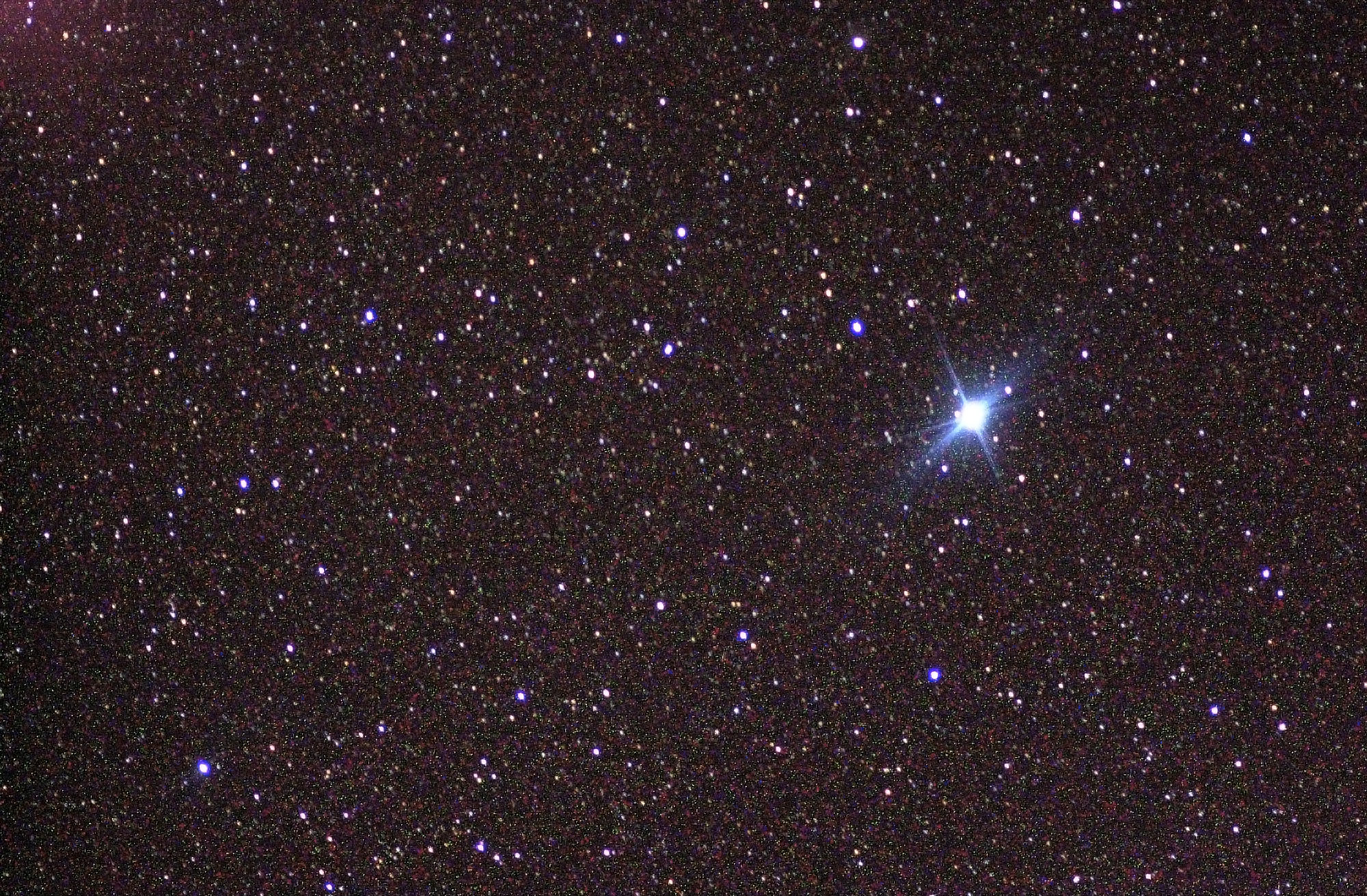|
Suhail (star)
Suhail, from ar, سهيل, is the common name of a number of stars typically seen near the southern horizon. It is part of the traditional names of three stars in the constellation Argo Navis. * Lambda Velorum, now officially named Suhail by the IAU Working Group on Star Names, was called in ar, السهيل الوزن , Al Suhail al Wazn, but later shortened to just ''Suhail''. * Gamma Velorum has the traditional name Al Suhail al Muhlif, also known as Regor. * Zeta Puppis, in the constellation of Puppis, is traditionally known as Suhail Hadar (). * In addition to these, the star Canopus Canopus is the brightest star in the southern constellation of Carina and the second-brightest star in the night sky. It is also designated α Carinae, which is Latinised to Alpha Carinae. With a visual apparent magnitude of ... (α Carinae), the second-brightest star in the night sky, is called in ar, سهيل, suhayl or in tr, Süheyl. {{Set index article Arg ... [...More Info...] [...Related Items...] OR: [Wikipedia] [Google] [Baidu] |
Lambda Velorum
) Lambda Velorum (λ Velorum, abbreviated Lambda Vel, λ Vel), officially named Suhail , is a star in the southern constellation of Vela. With a mean apparent visual magnitude of 2.21, this is the third-brightest star in the constellation and one of the brighter stars in the sky. The distance to this star can be measured directly using the parallax technique, yielding an estimated from the Sun. Nomenclature ''λ Velorum'' ( Latinised to ''Lambda Velorum'') is the star's Bayer designation. It bore the traditional Arabic name السهيل الوزن ''suhayl al-wazn'' (''Al Suhail al Wazn''), but as a modern navigation star this was shortened to ''Suhail''. ' Suhail' (a common Arabic male first name) was traditionally used for at least three other stars: Canopus; Gamma Velorum (al Suhail al Muhlif); and Zeta Puppis (Suhail Hadar). In 2016, the International Astronomical Union organized a Working Group on Star Names (WGSN) to catalogue and standardize proper names for ... [...More Info...] [...Related Items...] OR: [Wikipedia] [Google] [Baidu] |
IAU Working Group On Star Names
The International Astronomical Union (IAU) established a Working Group on Star Names (WGSN) in May 2016 to catalog and standardize proper names for stars for the international astronomical community. It operates under Division C – Education, Outreach and Heritage. The IAU states that it is keen to make a distinction between the terms ''name'' and ''designation''. To the IAU, ''name'' refers to the (usually colloquial) term used for a star in everyday conversation, while ''designation'' is solely alphanumerical, and used almost exclusively in official catalogues and for professional astronomy. (The WGSN notes that transliterated Bayer designations (e.g., Tau Ceti) are considered a special historical case and are treated as designations.) Terms of reference The terms of reference for the WGSN for the period 2016–2018 were approved by the IAU Executive Committee at its meeting on 6 May 2016. In summary, these are to: * establish IAU guidelines for the proposal and ... [...More Info...] [...Related Items...] OR: [Wikipedia] [Google] [Baidu] |
Gamma Velorum
Gamma Velorum is a quadruple star system in the constellation Vela. This name is the Bayer designation for the star, which is Latinised from γ Velorum and abbreviated γ Vel. At a combined magnitude of +1.7, it is one of the brightest stars in the night sky, and contains by far the closest and brightest Wolf–Rayet star. It has the traditional name Suhail al Muhlif and the modern name Regor , but neither is approved by the International Astronomical Union. The γ Velorum system includes a pair of stars separated by 41″, each of which is also a spectroscopic binary system. γ2 Velorum, the brighter of the visible pair, contains the Wolf–Rayet star and a blue supergiant, while γ1 Velorum contains a blue giant and an unseen companion. Distance Gamma Velorum is close enough to have accurate parallax measurements as well as distance estimates by more indirect means. The ''Hipparcos'' parallax for γ2 implies a distance of 342 parsecs (pc). A dynamical ... [...More Info...] [...Related Items...] OR: [Wikipedia] [Google] [Baidu] |
Zeta Puppis
Zeta Puppis (ζ Puppis, abbreviated Zeta Pup, ζ Pup), formally named Naos , is a star in the constellation of Puppis. The spectral class of O4 means this is one of the hottest, and most luminous, stars visible to the naked eye. It is one of the sky's few naked-eye class O-type stars as well as one of the closest to Earth. It is a blue supergiant, one of the most luminous stars in the Milky Way. Visually it is over 10,000 times brighter than the Sun, but its high temperature means that most of its radiation is in the ultraviolet and its bolometric luminosity is over 500,000 times that of the Sun. It is also the 72nd brightest star in terms of apparent magnitude from Earth. It is a runaway star, meaning it has an unusually large pace velocity, probably caused by being ejected from a close binary system when its companion exploded as a supernova. Naos is typical of O-type stars in having an extremely strong stellar wind, measured at 2,500 k ... [...More Info...] [...Related Items...] OR: [Wikipedia] [Google] [Baidu] |
Canopus
Canopus is the brightest star in the southern constellation of Carina and the second-brightest star in the night sky. It is also designated α Carinae, which is Latinised to Alpha Carinae. With a visual apparent magnitude of −0.74, it is outshone only by Sirius. Located around from the Sun, Canopus is a bright giant of spectral type A9, so it is essentially white when seen with the naked eye. It has a luminosity over 10,000 times the luminosity of the Sun, is eight times as massive, and has expanded to 71 times the Sun's radius. Its enlarged photosphere has an effective temperature of around . Canopus is undergoing core helium burning and is currently in the so-called blue loop phase of its evolution, having already passed through the red-giant branch after exhausting the hydrogen in its core. Canopus is a source of X-rays, which are likely being emitted from its corona. The prominent appearance of Canopus means it has been the subject of mythological ... [...More Info...] [...Related Items...] OR: [Wikipedia] [Google] [Baidu] |
Argo Navis
Argo Navis (the Ship Argo), or simply Argo, is one of the 48 Ptolemy's constellations, now a grouping of three IAU constellations. It is formerly a single large constellation in the southern sky. The genitive is "Argus Navis", abbreviated "Arg". Flamsteed and other early modern astronomers called it Navis (the Ship), genitive "Navis", abbreviated "Nav". The constellation proved to be of unwieldy size, as it was 28% larger than the next largest constellation and had more than 160 easily visible stars. The 1755 catalogue of Nicolas Louis de Lacaille divided it into the three modern constellations that occupy much of the same area: Carina (the keel), Puppis (the poop deck) and Vela (the sails). Argo derived from the ship '' Argo'' in Greek mythology, sailed by Jason and the Argonauts to Colchis in search of the Golden Fleece. Some stars of Puppis and Vela can be seen from Mediterranean latitudes in winter and spring, the ship appearing to skim along the "river of the Milky Way. ... [...More Info...] [...Related Items...] OR: [Wikipedia] [Google] [Baidu] |
Carina (constellation)
Carina ( ) is a constellation in the southern sky. Its name is Latin for the keel of a ship, and it was the southern foundation of the larger constellation of Argo Navis (the ship ''Argo'') until it was divided into three pieces, the other two being Puppis (the poop deck), and Vela (the sails of the ship). History and mythology Carina was once a part of Argo Navis, the great ship of Jason and the Argonauts who searched for the Golden Fleece. The constellation of Argo was introduced in ancient Greece. However, due to the massive size of Argo Navis and the sheer number of stars that required separate designation, Nicolas-Louis de Lacaille divided Argo into three sections in 1763, including Carina (the hull or keel). In the 19th century, these three became established as separate constellations, and were formally included in the list of 88 modern IAU constellations in 1930. Lacaille kept a single set of Greek letters for the whole of Argo, and separate sets of Latin letter desi ... [...More Info...] [...Related Items...] OR: [Wikipedia] [Google] [Baidu] |
Puppis
Puppis is a constellation in the southern sky. Puppis, the Latin translation of " poop deck", was originally part of an over-large constellation Argo Navis (the ship of Jason and the Argonauts), which centuries after its initial description, was divided into three parts, the other two being Carina (the keel and hull), and Vela (the sails of the ship). Puppis is the largest of the three constellations in square degrees. It is one of the 88 modern constellations recognized by the International Astronomical Union. Features Argo Navis was sub-divided into three sections in 1752 by the French astronomer Nicolas Louis de Lacaille, including Argûs in puppi. Despite the division, Lacaille kept a single set of Bayer designations for the whole constellation, Argo. Therefore, Carina has the α, β, and ε, Vela has γ and δ, Puppis has ζ, and so on. In the 19th century, these three sections of Argo became established as separate constellations and were formally included in the list o ... [...More Info...] [...Related Items...] OR: [Wikipedia] [Google] [Baidu] |




